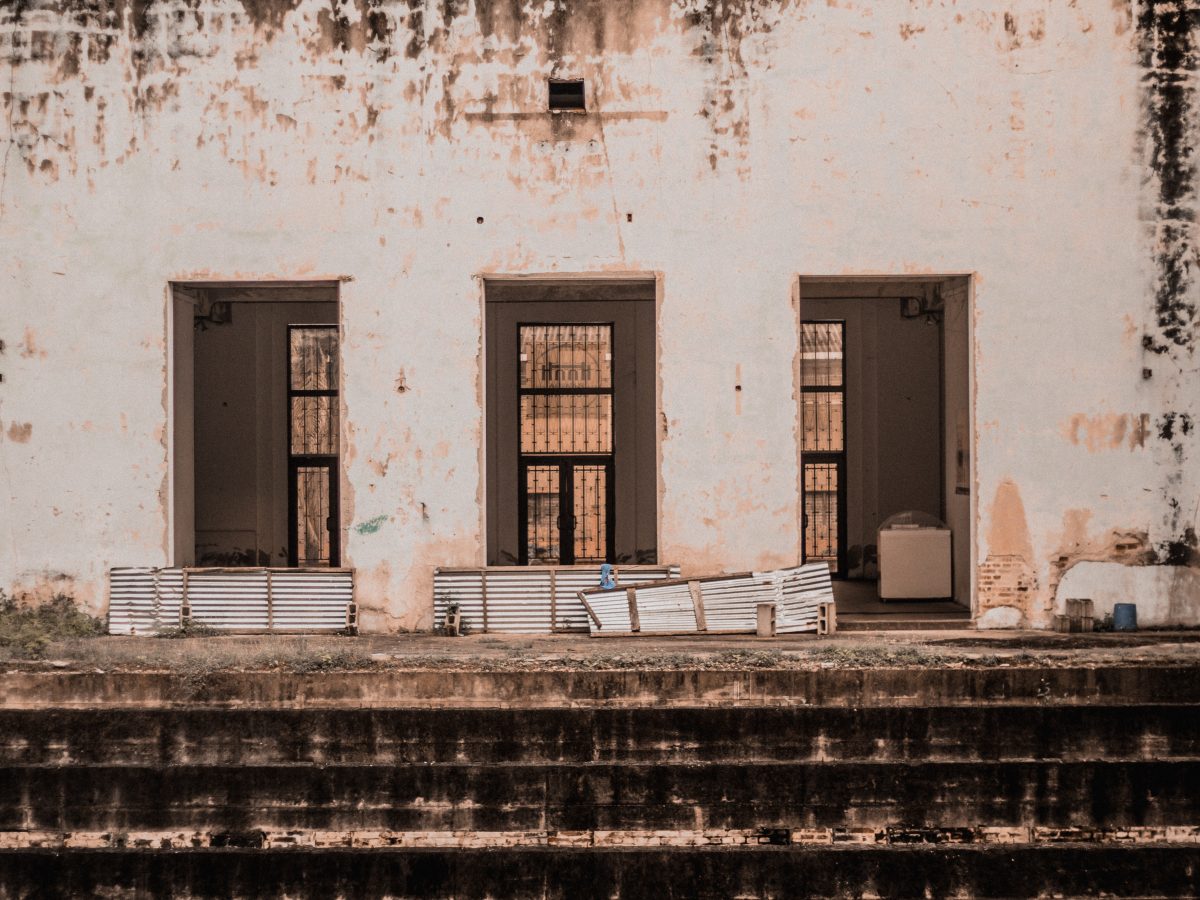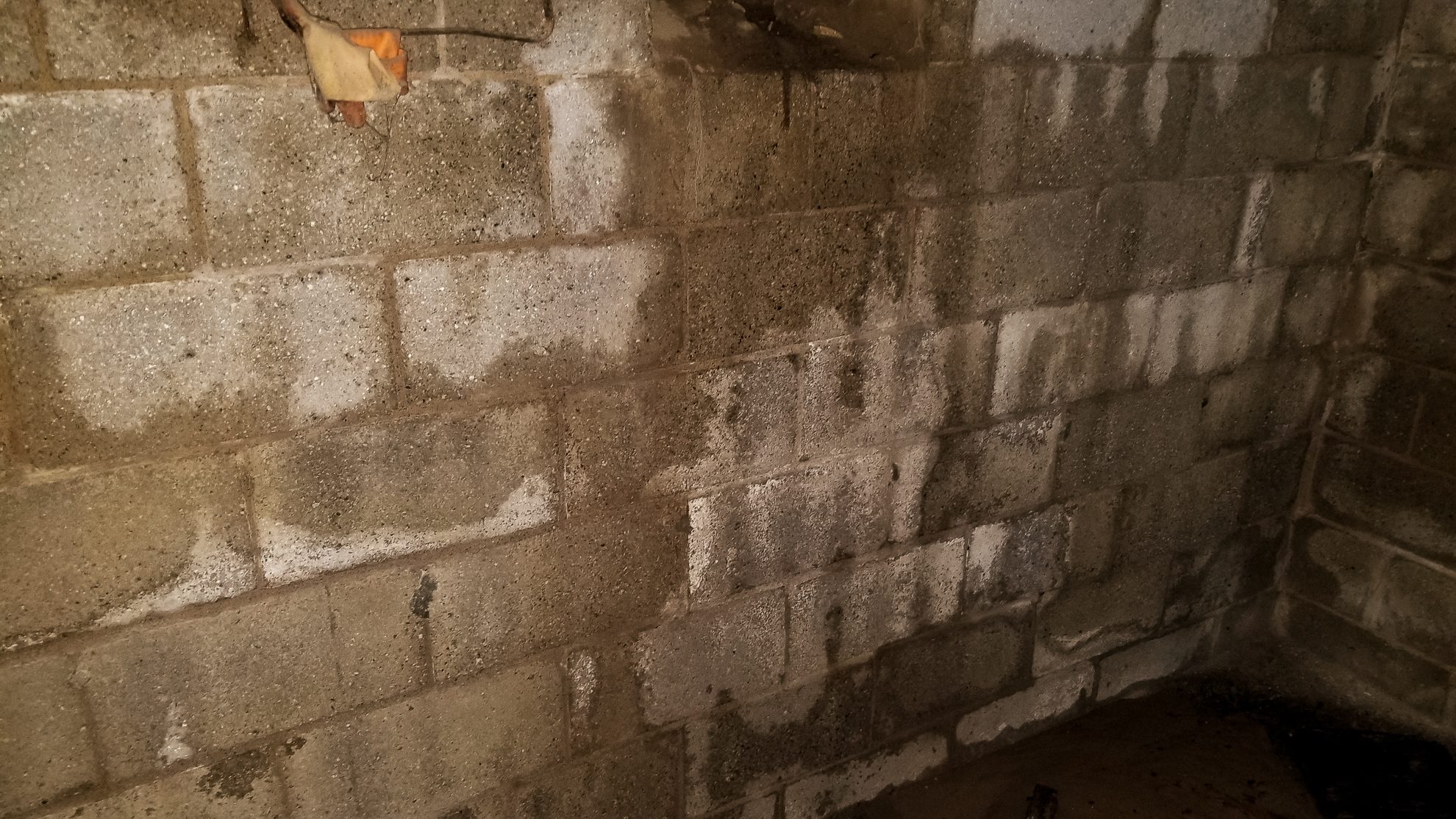How To Locate and Prevent Mold

We all know the adage “April showers bring May flowers,” it would be great if the growth stopped there. Unfortunately, if you’re not doing preventative maintenance, April showers can also bring mold – and lots of it. In a past social post, we explained the differences between seasonal allergies and mold allergies, so now we want to walk you through how to prevent mold altogether.
Where to look for mold:
Mold needs moisture and organic material (paper/cardboard, dust, drywall, etc.) to grow, so start by checking the wetter parts of your home. A musty odor is a good indication you’ve got mold growing. In the bathroom, check around the shower, under the sink, and on top of and behind the toilet. Listen for the sounds of water dripping in the kitchen or laundry room for signs of leaky pipes. Water pooling around your house places tremendous pressure on the foundation and may cause cracks in the basement wall. Check the sides of the house in the basement for water damage, especially after any flooding that may have occurred. Even small amounts of water can promote mold growth, so it’s best to act quickly.
How to prevent mold:
Because mold thrives in humid, dark, damp environments, the key to preventing mold growth is reducing moisture. If you don’t repair the water problem, the mold will continue to come back. You can reduce the risk of mold growth by running the bathroom fan while showering and checking that you have proper ventilation throughout the home. Using a dehumidifier in rooms that feel humid is also a great way to combat mold growth. Do not let puddles sit for long periods and thoroughly clean areas such as window sills that may have mold growing with detergent and water. Concrete will seep moisture if not sealed properly, so don’t store cardboard boxes directly on unfinished basement or garage floors; it’s a good idea to keep cardboard boxes stored somewhere with good ventilation.

Outside of the house, keeping your gutters clear of debris and moving wet piles of leaves away from the side of the house will prevent runoff from pooling. It is helpful to have the exterior landscaping sloping away from the building to prevent water from accumulating at the foundation, especially if your home does not have gutters or have gutters that are not functioning.
Even if water damage looks old, a mold inspection may be a good idea. If you suspect you have a mold issue, don’t panic; just call. You can have your mold tested by a certified professional. If you live in Michigan, call on AAA. Get in touch today.